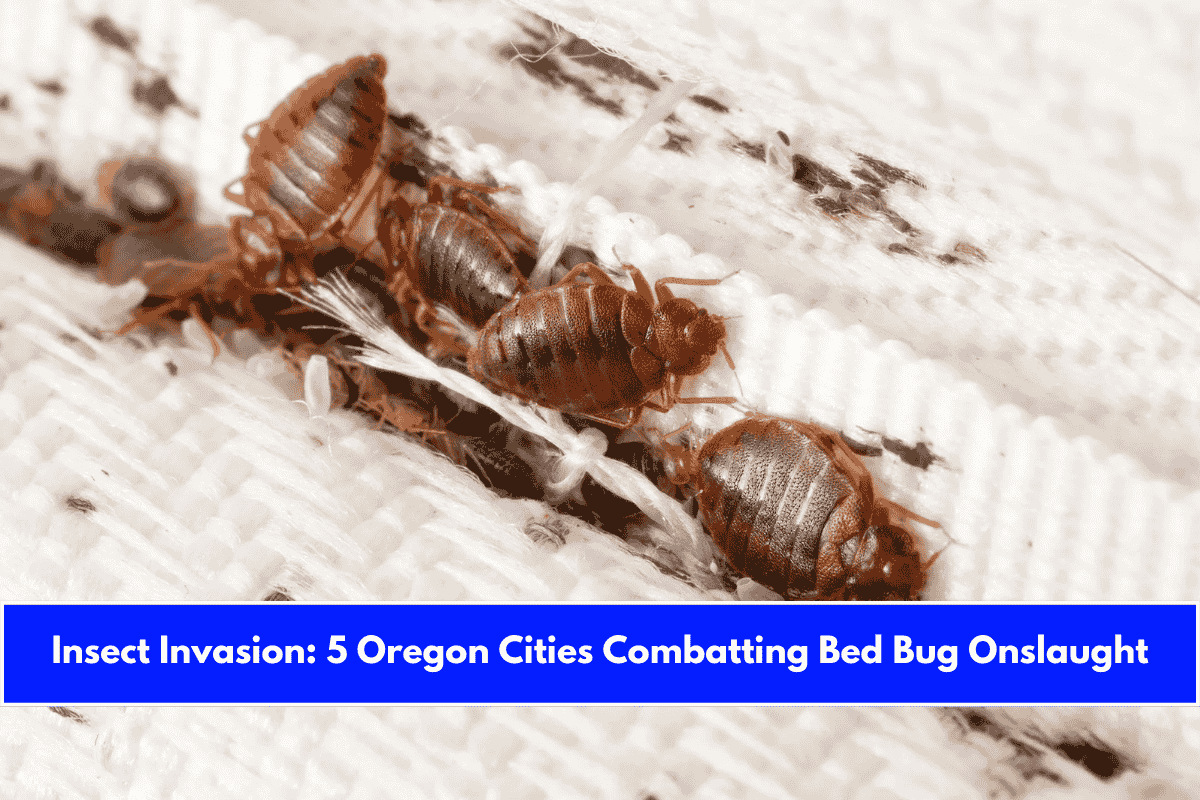Oregon is experiencing a significant rise in bed bug infestations, with several cities now ranking among the most affected in the nation. The resurgence of these persistent pests is driven by a combination of climate, travel, and public awareness challenges.
Here’s a look at the five Oregon cities at the forefront of the battle against bed bugs and the strategies they’re using to fight back.
The Five Most Impacted Oregon Cities
| City | National Infestation Rank | Key Response Strategies |
|---|---|---|
| Portland | 12 | Public education, IPM, tenant support |
| Eugene-Springfield | 30 | Outreach, landlord-tenant coordination |
| Medford-Klamath Falls | 45 | Tourism-focused prevention, pro exterminators |
| Salem | Not ranked | Community alerts, increased reporting |
| Bend | Not ranked | Education campaigns, early intervention |
Portland, Eugene-Springfield, and Medford-Klamath Falls are officially among the top 50 most bed bug-infested metro areas in the U.S., while Salem and Bend are seeing rising reports and have ramped up their prevention and response efforts.
Why Are Bed Bugs So Prevalent in Oregon?
- Climate: Oregon’s warm, humid conditions, especially in the western region, provide ideal breeding grounds for bed bugs.
- Travel and Tourism: High rates of tourism and frequent movement between cities help bed bugs spread via luggage, clothing, and furniture.
- Lack of Awareness: Many residents are unfamiliar with early signs of infestation, which delays detection and allows bed bugs to multiply.
How Cities Are Combating Bed Bugs
1. Public Education and Outreach
- Cities are increasing efforts to inform residents about identifying and preventing bed bug infestations, especially in hotels, apartments, and public spaces.
2. Integrated Pest Management (IPM)
- IPM combines prevention, sanitation, non-chemical traps, and targeted pesticide use for effective control. This approach is recommended by both pest professionals and Oregon State University Extension.
3. Tenant and Landlord Cooperation
- In multi-unit housing, landlords are often responsible for treatment costs if infestations affect multiple units or predate a tenant’s move-in. Renters are encouraged to work closely with property managers and seek legal advice if needed.
4. Professional Extermination
- Licensed pest control companies are recommended for inspection, treatment, and follow-up, as DIY methods are often ineffective against resistant bed bug populations.
5. Reporting and Support Lines
- Cities like Portland and counties such as Multnomah offer hotlines and informational resources to help residents respond quickly to infestations.
Prevention and Management Tips
- Inspect hotel rooms and secondhand furniture before bringing them home.
- Use mattress covers and keep beds away from walls.
- Regularly wash and heat-dry bedding and clothing.
- Report infestations promptly to landlords or local health authorities.
- Avoid using over-the-counter foggers, which are often ineffective and potentially hazardous.
Oregon’s bed bug problem is a statewide challenge, but cities like Portland, Eugene-Springfield, Medford-Klamath Falls, Salem, and Bend are leading the fight with education, integrated pest management, and community cooperation.
Early detection, professional intervention, and public awareness are key to containing and reducing the impact of bed bug infestations across the state.
Sources:
- https://mylolowcountry.com/usa-laws/insect-invasion-5-oregon-cities-combatting-bed-bug-onslaught/
- https://solvepestproblems.oregonstate.edu/insects-spiders/bed-bugs
- https://aapestcontrol.com/bed-bugs-exterminator
- https://theashlandchronicle.com/oregon-is-crawling-with-bed-bugs-3-cities-among-most-infested/











Leave a Reply